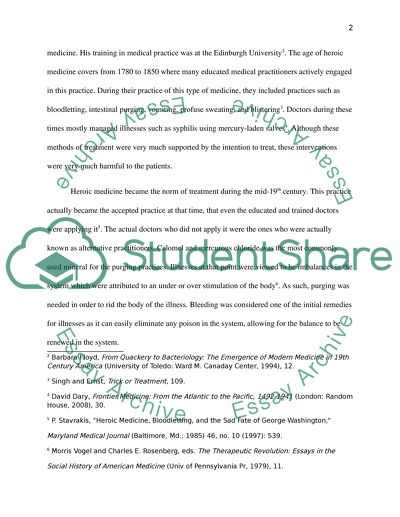Cite this document
(“Impact of Heroic Medicine on Contemporary Medicin Research Paper”, n.d.)
Retrieved from https://studentshare.org/history/1491084-analyzing-a-specific-example-of-science-in-the
Retrieved from https://studentshare.org/history/1491084-analyzing-a-specific-example-of-science-in-the
(Impact of Heroic Medicine on Contemporary Medicin Research Paper)
https://studentshare.org/history/1491084-analyzing-a-specific-example-of-science-in-the.
https://studentshare.org/history/1491084-analyzing-a-specific-example-of-science-in-the.
“Impact of Heroic Medicine on Contemporary Medicin Research Paper”, n.d. https://studentshare.org/history/1491084-analyzing-a-specific-example-of-science-in-the.


